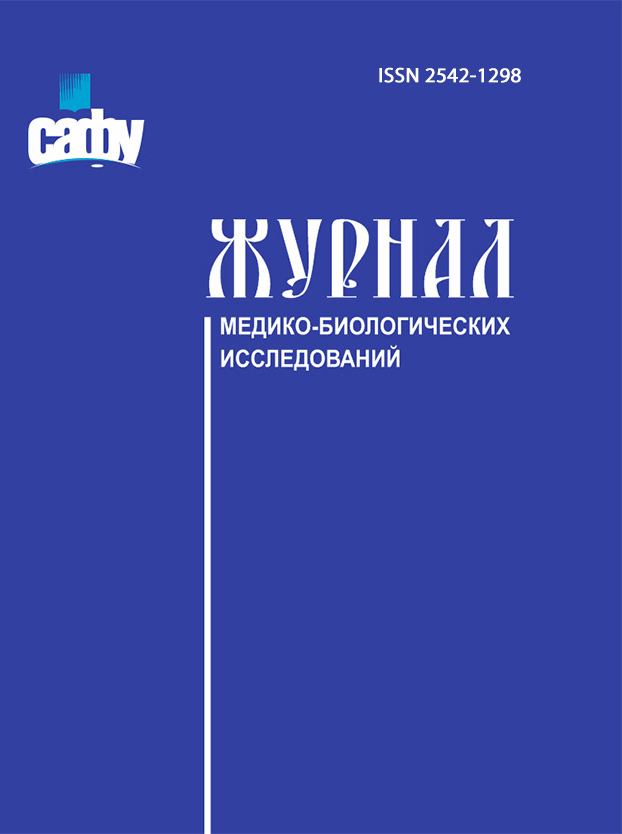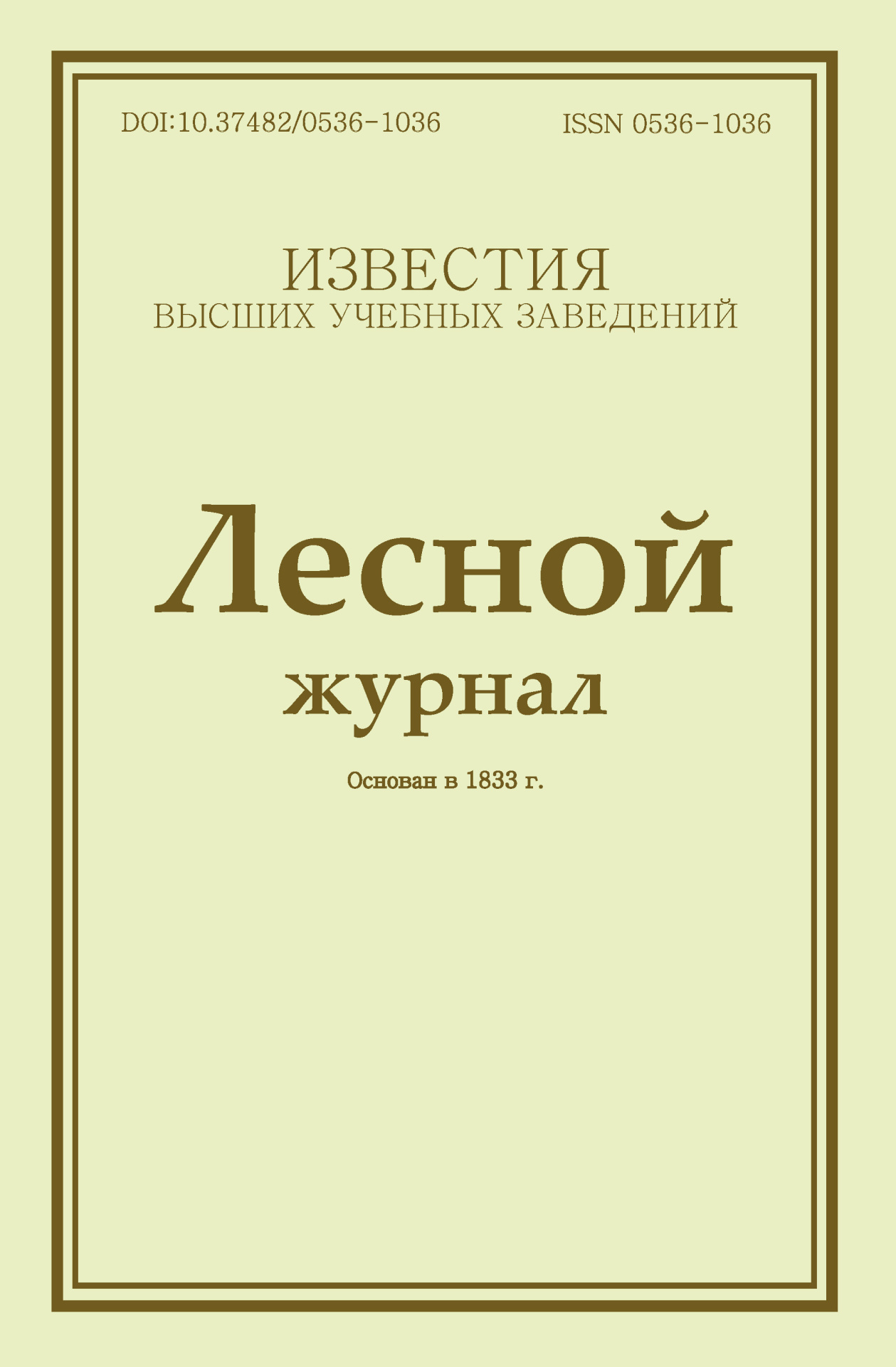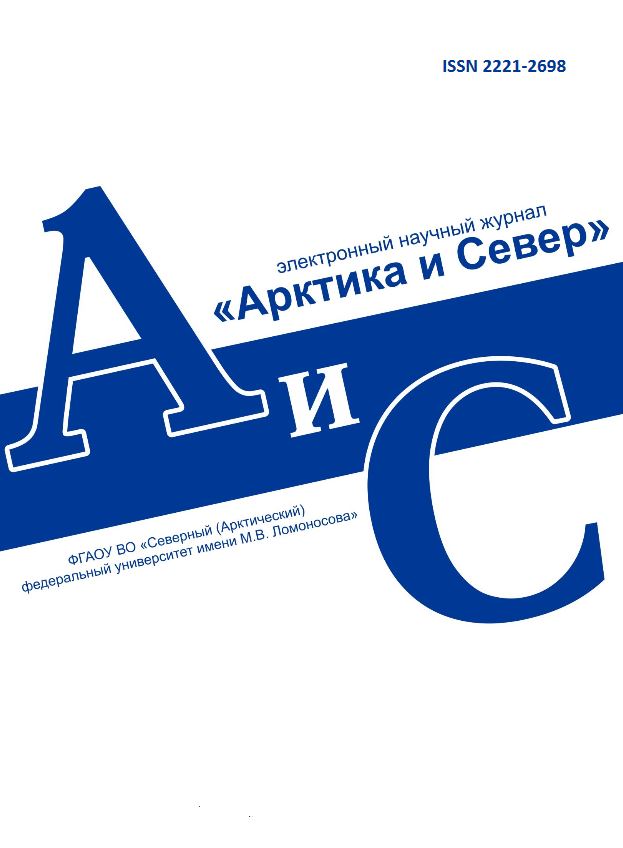
Vestnik of Northern (Arctic) Federal University.
Series "Humanitarian and Social Sciences"
ISSN 2227-6564 e-ISSN 2687-1505 DOI:10.37482/2687-1505
Legal and postal addresses of the founder and publisher: Northern (Arctic) Federal University named after M.V. Lomonosov, Naberezhnaya Severnoy Dviny, 17, Arkhangelsk, 163002, Russian Federation Editorial office address: Vestnik of Northern (Arctic) Federal University. Series "Humanitarian and Social Sciences", 56 ul. Uritskogo, Arkhangelsk
Phone: (8182) 21-61-20, ext. 18-20 ABOUT JOURNAL |
Section: History Download (pdf, 3.1MB )UDC941.5.093:282AuthorsDzhafarova Irina NadyrovnaPostgraduate Student, P.G. Demidov Yaroslavl State University 14 Sovetskaya St., Yaroslavl, 150000, Russian Federation; e-mail: djafarova.irina@gmail.com AbstractThe Irish War of Independence ended with the signing of the Anglo-Irish Treaty. The agreement itself, however, marked the beginning of a division not only inside the Irish revolutionary elite, but also among the rest of the Irish population. Therefore, a research into the Irish Civil War should not be limited to the study of the key opposing forces and their fighting. An analysis of the role of indirect participants of this conflict is becoming more important due to the insufficient study of this issue. Irish historiography includes a large number of works on the Irish Civil War; however, they do not pay due attention to the role of the Church in the course of the conflict. Special studies on the Irish Roman Catholic Church, in their turn, focus on the relations between Dublin and the Holy See. Therefore, it is of interest to look into the role, though indirect, of the Catholic Church in the conflict above as an important part of the events that unfolded in Ireland in 1922–1923. At first glance, what stands out is its role as a mediator, which, nonetheless, failed to produce the expected results. A closer investigation, however, reveals that the Catholic hierarchy on the one hand and individual priests on the other provided assistance to the opposing parties. The author concludes that the struggle within the Irish Civil War was multilayer and that the role of the Church was more of a destructive nature: it only incited religious intolerance among Protestants and Catholics and widened the split between the Republicans and proponents of the Treaty. These conclusions are based on the materials of Irish and British periodicals.KeywordsCatholic Church, Irish Civil War, Irish Free State, Anglo-Irish Treaty, Pro-Treaty, Anti-Treaty, Irish Republican ArmyReferences
|
Make a Submission
INDEXED IN:
|
Продолжая просмотр сайта, я соглашаюсь с использованием файлов cookie владельцем сайта в соответствии с Политикой в отношении файлов cookie, в том числе на передачу данных, указанных в Политике, третьим лицам (статистическим службам сети Интернет).






